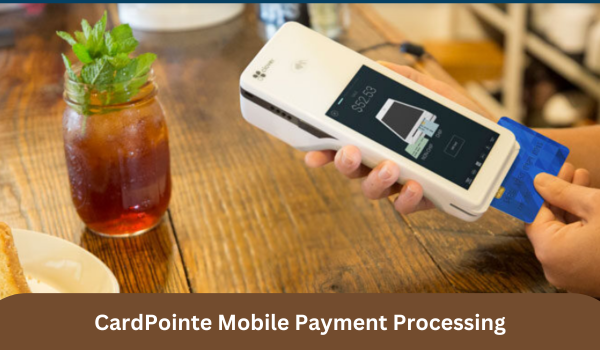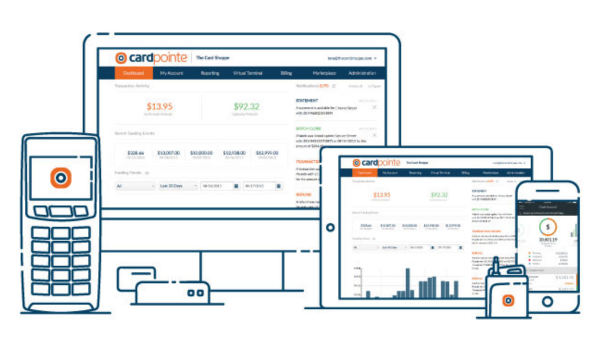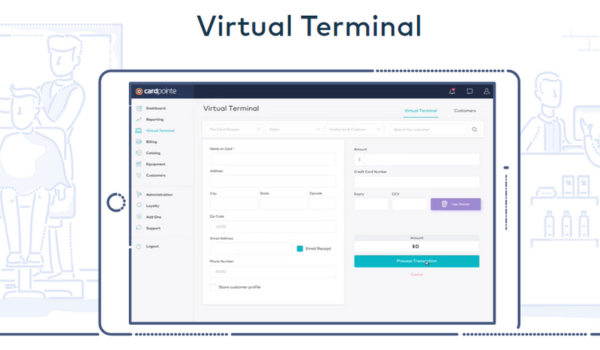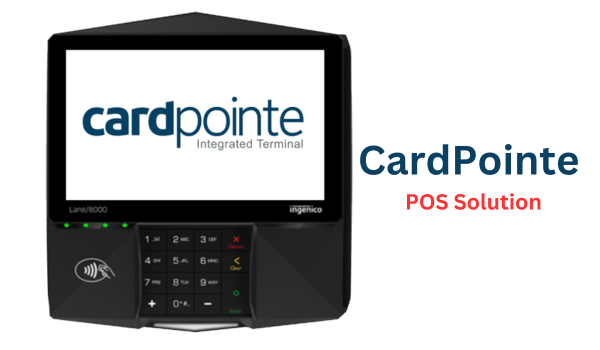
PIN-Debit Processing: Simplifying Transactions for Secure Payments
Payment processing has become a seamless and secure process in today's fast-paced digital world, with PIN-debit processing playing a crucial role. Personal identification numbers (PINs) are frequently used for debit transactions due to the rising demand for simple and secure payment methods. In this article, we explore the significance, advantages, and effects of PIN-debit processing on the financial environment.
PIN-debit processing, also referred to as PIN-based debit transactions, involves authenticating and authorizing debit card transactions using a personal identification number. Comparing this method to customarily signature-based transactions adds an additional layer of security.
How Does PIN-Debit Processing Work?
PIN-debit processing is a secure and efficient method of conducting debit card transactions. It involves the use of a Personal Identification Number (PIN) to verify and authorize the transaction. Here's how the process works:
Initiating the Transaction: The process begins when a customer decides to make a purchase using their debit card. Whether it's at a physical store or an online platform, the customer selects the debit card as their payment method.
Entering the PIN: If the customer opts to use PIN-debit processing, the point-of-sale (POS) terminal will prompt them to enter their personal PIN. The PIN is a private numeric code that is only known by the cardholder. For authentication and security, this step is essential.
Verification and Authorization: Following the customer's PIN entry, the POS terminal encrypts the data and sends it to the payment processor via secure channels. The card network (such as Visa or Mastercard) and the issuing bank receive the transaction details from the payment processor after that.
Issuing Bank Approval: The transaction request is sent to the issuing bank, where the customer has an active debit card account. The bank's systems check the transaction's legitimacy by comparing the PIN entered with the one associated with the account.
Transaction Response: Based on the verification process, the issuing bank sends an approval or decline response back to the payment processor. If the PIN matches and funds are available, the transaction is approved. If not, the transaction is declined.
Merchant Confirmation: The payment processor relays the response back to the POS terminal. If the transaction is approved, the merchant receives confirmation to proceed with the sale. The customer's account is debited with the purchase amount.
Transaction Settlement: At the end of the day or a designated settlement period, the funds from the approved transactions are transferred from the customer's account to the merchant's account. This process is managed by the payment processor and involves various financial institutions.
Secure Communication: Throughout this entire process, security measures are in place to protect the customer's sensitive information. Encryption and secure communication protocols ensure that the PIN and transaction details are kept confidential and safe from potential threats.
Security Measures in PIN-Debit Transactions: PIN-debit processing offers heightened security due to the two-factor authentication process. The combination of the physical debit card and the confidential PIN adds an extra level of protection against unauthorized transactions.
Advantages of PIN-Debit Processing
PIN-debit processing is a secure and efficient method of conducting debit card transactions. It involves the use of a Personal Identification Number (PIN) to verify and authorize the transaction. Here's how the process works:
Initiating the Transaction: The process begins when a customer decides to make a purchase using their debit card. Whether it's at a physical store or an online platform, the customer selects the debit card as their payment method.
Entering the PIN: If the customer chooses to use PIN-debit processing, they will be prompted to enter their unique PIN on the point-of-sale (POS) terminal. The PIN is a confidential numerical code that only the cardholder knows. This step is crucial for security and authentication.
Verification and Authorization: Once the customer enters the PIN, the POS terminal encrypts the information and sends it through secure channels to the payment processor. The payment processor then forwards the transaction details to the card network (such as Visa or Mastercard) and the issuing bank.
Issuing Bank Approval: The issuing bank, where the customer holds the debit card account, receives the transaction request. The bank's systems verify the authenticity of the transaction by comparing the entered PIN with the one associated with the account.
Transaction Response: Based on the verification process, the issuing bank sends an approval or decline response back to the payment processor. If the PIN matches and funds are available, the transaction is approved. If not, the transaction is declined.
Merchant Confirmation: The payment processor relays the response back to the POS terminal. If the transaction is approved, the merchant receives confirmation to proceed with the sale. The customer's account is debited with the purchase amount.
Transaction Settlement: At the end of the day or a designated settlement period, the funds from the approved transactions are transferred from the customer's account to the merchant's account. This process is managed by the payment processor and involves various financial institutions.
Secure Communication: Throughout this entire process, security measures are in place to protect the customer's sensitive information. Encryption and secure communication protocols ensure that the PIN and transaction details are kept confidential and safe from potential threats.
PIN-Debit Processing in Online Shopping
PIN-debit processing has not been traditionally associated with online shopping, as it has been more commonly used for in-person transactions. However, there have been recent developments that are introducing PIN-debit processing into the realm of online shopping. Here's an explanation of how PIN-debit processing is being integrated into online shopping:
Traditionally: online shopping transactions have relied on other forms of payment authentication, such as entering credit or debit card details and providing a security code (CVV). However, as the demand for enhanced security and convenience grows, the concept of using a Personal Identification Number (PIN) for online purchases has gained traction.
PIN-Debit Cards for Online Use: Some financial institutions are now issuing PIN-debit cards that can be used for online transactions. These cards work similarly to regular debit cards, but they also come with a confidential PIN that customers can use to verify their identity and authorize transactions.
Secure Online Checkout: When making a purchase on an e-commerce website, customers can select the option to use their PIN-debit card. Instead of entering card details and a CVV, customers are prompted to enter their PIN. This adds an extra layer of security to the transaction, as the PIN is known only to the cardholder.
Two-Factor Authentication: PIN-debit processing in online shopping effectively adds a two-factor authentication step. In addition to something the customer has (the card), they also need to provide something they know (the PIN), making it more challenging for unauthorized users to make purchases.
Reduced Fraud Risk: The use of a PIN reduces the risk of fraudulent transactions, even if a customer's card information is compromised. Without the correct PIN, unauthorized users cannot complete transactions.
Fast and Convenient: Just like in-person transactions, PIN-debit processing for online shopping is quick and convenient. Customers can complete their purchases with a few simple steps, enhancing the overall shopping experience.
Merchant and Customer Benefits: Merchants benefit from lower interchange fees with PIN-debit transactions, and customers enjoy enhanced security. This creates a win-win situation for both parties.
Addressing Online Fraud: PIN-debit processing helps address issues related to card-not-present fraud in online shopping. It adds a layer of authentication that goes beyond the traditional card information.
Adoption Challenges: While the idea of PIN-debit processing for online shopping is promising, there are still challenges to widespread adoption. Merchants need to update their online payment systems to accommodate PIN authentication, and customers need to be educated about the new method.
Conclusion
PIN-debit processing has revolutionized the way we conduct transactions, ensuring secure and efficient payments while paving the way for future innovations.









